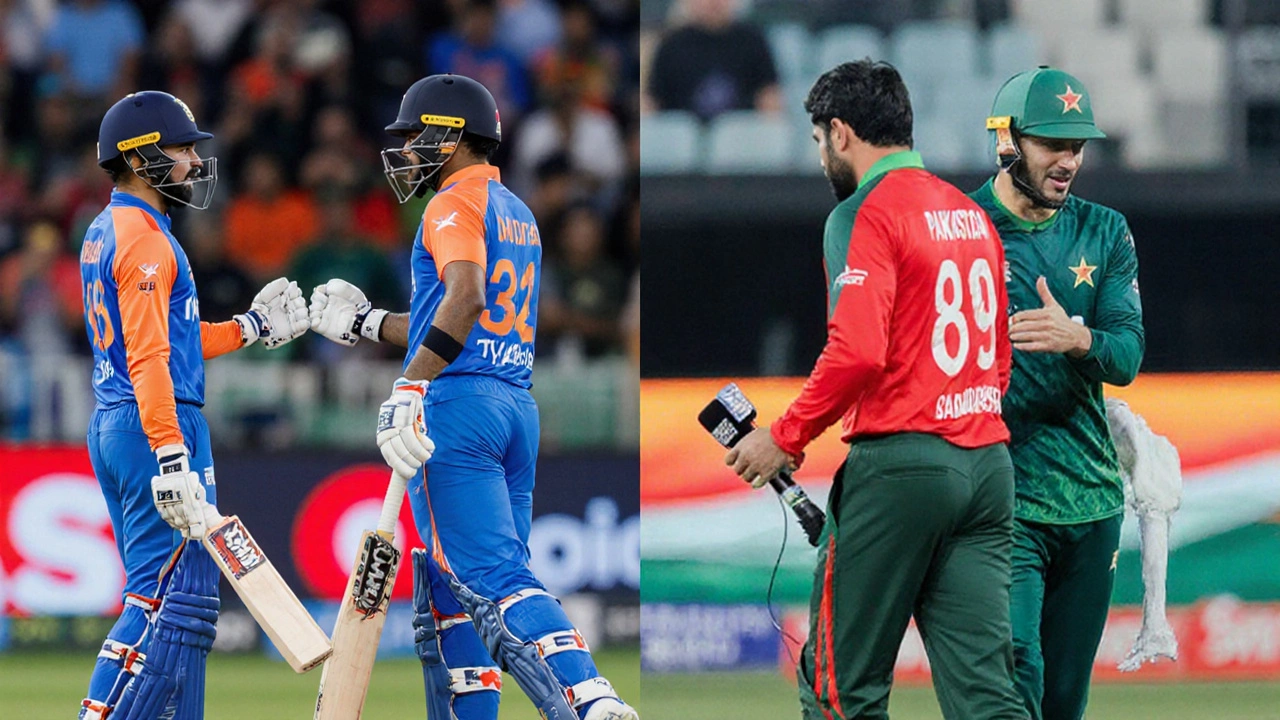India vs Pakistan: The Rivalry That Shapes Both Nations
When you hear "India vs Pakistan" most people picture a packed stadium, roaring fans, and a cricket ball flying at 140 km/h. But the rivalry runs deeper than a game. It touches politics, history, and everyday conversations on both sides of the border. If you’re curious why this matchup grabs headlines every time, let’s break it down in plain terms.
Historical Roots of the Conflict
In 1947 British India split into two countries – India and Pakistan – based on religion. The division sparked massive migrations and violent clashes that left scars still visible today. Borders drawn hurriedly left disputed territories like Kashmir in a constant state of tension. Every diplomatic talk, every cease‑fire, and every election still echoes that original split.
Because the two nations share language, food, and festivals, the rivalry feels personal. Families split across the line often find themselves on opposite sides of a political debate, making the whole thing more than just a news story.
Cricket: The Battlefield of Fans
Cricket is where the India vs Pakistan drama gets the biggest spotlight. A single match can break TV ratings records, spark street parties, and even cause traffic jams. Fans treat it like a national holiday – wearing jerseys, posting memes, and debating every umpire call for days.
Why does a sport matter that much? For many, a win feels like a small victory in a larger, unresolved conflict. It’s also a rare chance for direct competition without guns or sanctions. The result? Emotions run high, headlines bounce between "hero" and "villain" in seconds.
Beyond cricket, the rivalry shows up in other sports too – hockey, badminton, even wrestling. Each win or loss adds another chapter to a story that started over seven decades ago.
Politically, the two governments have a mix of hard‑line stances and back‑channel talks. Border skirmishes, trade bans, and diplomatic expulsions may dominate the news cycle, but both sides also engage in people‑to‑people projects like cultural festivals, joint film releases, and student exchanges. Those softer moments remind us that the rivalry isn’t just about hatred; it’s also about a shared heritage that can’t be erased.
So, what can you take away from India vs Pakistan? First, the rivalry is multi‑layered – history, politics, sport, and culture all mix together. Second, it’s not a static story; each new cricket match, each diplomatic meeting, and each cultural collaboration shifts the balance a little. Finally, if you’re watching the next India vs Pakistan game, remember you’re tuning into a drama that’s been playing out for 75 years – on fields, in parliament, and in everyday conversations.
Whether you’re a fan, a student, or just someone who likes a good story, keeping an eye on India vs Pakistan offers a front‑row seat to how two nations juggle rivalry and shared identity. The next time a headline pops up, you’ll know the layers behind the headline – not just a score, but a piece of a long, complex puzzle.

Asia Cup 2025 Final: India vs Pakistan Historic Showdown in Dubai
India and Pakistan will clash in the first ever Asia Cup 2025 final at Dubai International Stadium on September 28. Both teams have fought their way through a tense Super Four stage, with India unbeaten and Pakistan sneaking through after a win over Bangladesh. The match promises high drama, massive fan turnout and global broadcast coverage.